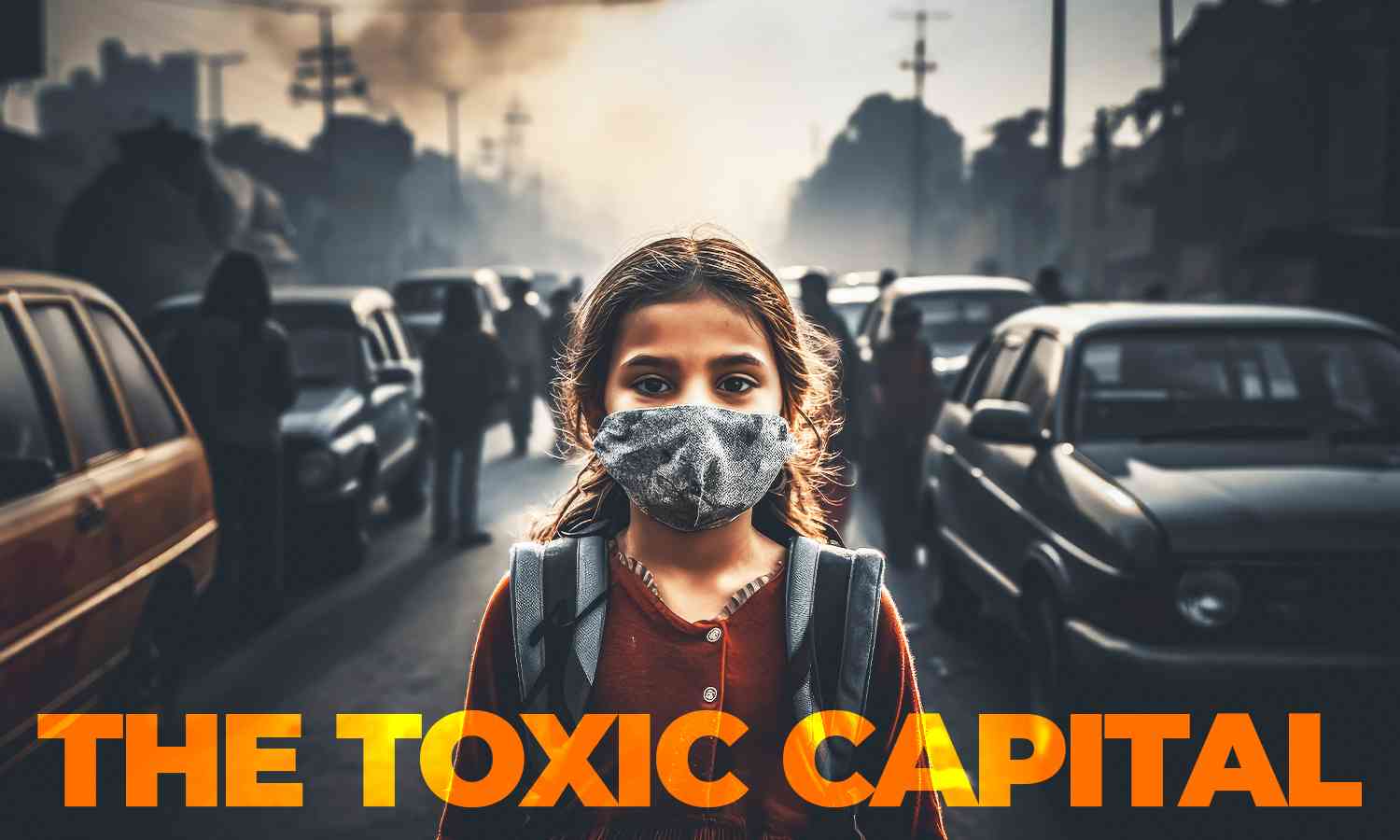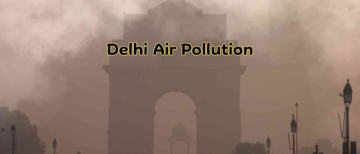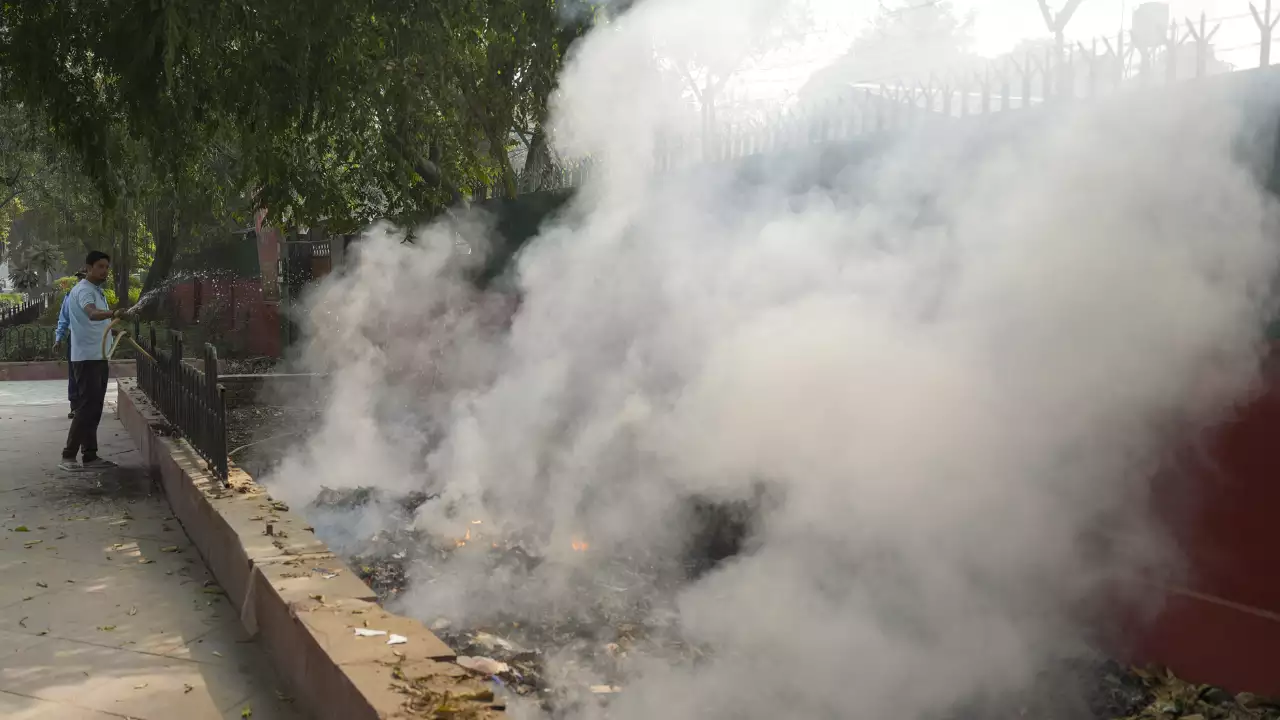
On November 18, Delhi once again grappled with hazardous air pollution, as the Air Quality Index (AQI) soared to 494, categorised as “Severe,” according to the Central Pollution Control Board (CPCB). The dominant pollutant was PM2.5, or fine particulate matter, which poses significant health risks. The Delhi government has now invoked Stage IV of the Graded Response Action Plan (GRAP), which enforces strict anti-pollution measures, including a ban on most construction activities in the National Capital Region (NCR) and restrictions on truck entry, except for essential services. In response to the crisis, the Supreme Court ordered the suspension of physical classes for all schools up to Grade 12 and criticised the Commission for Air Quality Management for delaying the implementation of GRAP’s stricter measures.
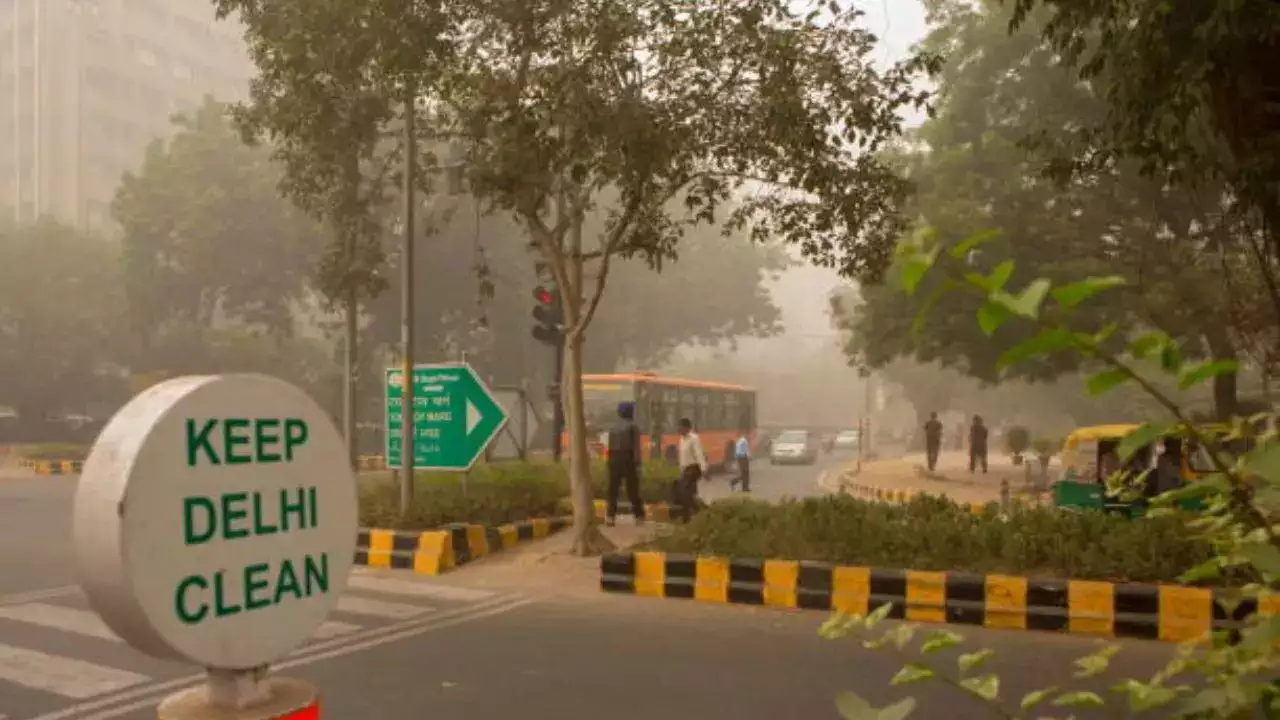
Worsening Pollution Across Delhi-NCR
CPCB’s AQI bulletin, based on data from 36 of Delhi’s 39 monitoring stations, recorded similar “Severe” air quality levels the previous day, with an AQI of 441. India’s AQI system measures pollutants such as PM2.5 and PM10 (particulate matter smaller than 2.5 and 10 microns, respectively). While an AQI of 0-50 is considered “Good,” anything above 401 falls into the “Severe” category, posing risks to healthy individuals and severe impacts on those with existing health conditions. Forecasts from the Air Quality Early Warning System suggest the situation will remain critical, with “Severe” air quality persisting until at least November 21. Meteorological conditions, including low wind speeds and cooler temperatures, are expected to further trap pollutants in the region.
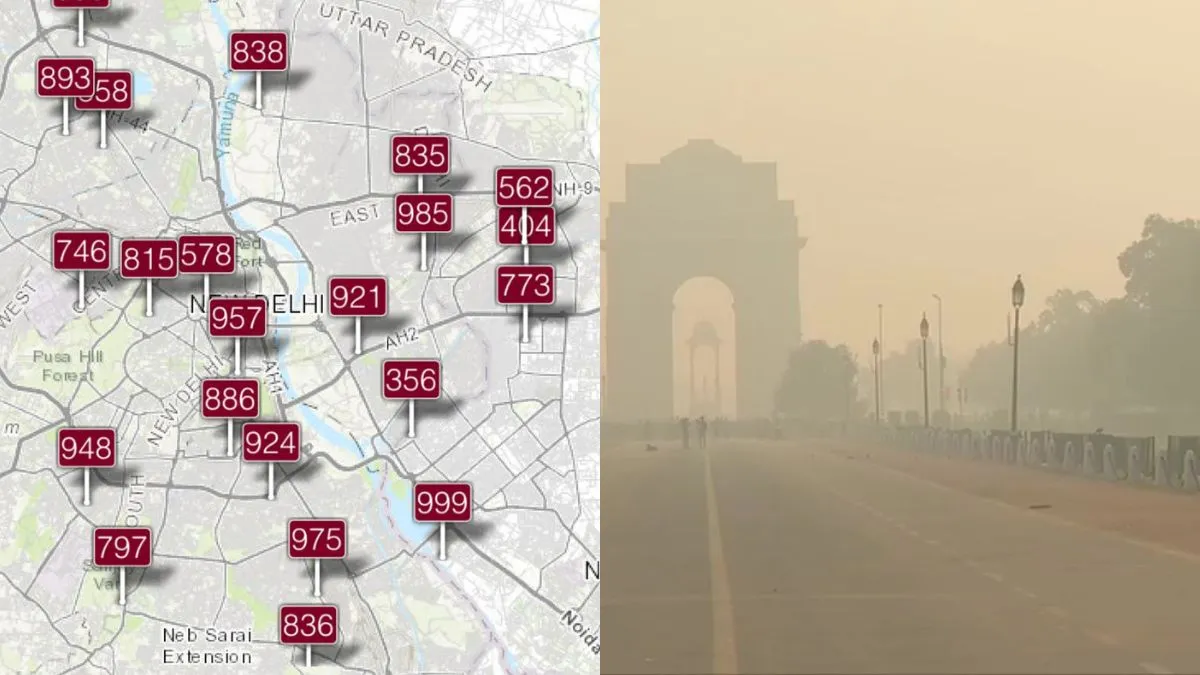
Crisis Spreads Beyond Delhi
The air quality crisis is not confined to Delhi alone. NCR cities like Gurugram (AQI 469), Noida (AQI 423), and Ghaziabad (AQI 438) are also grappling with “Severe” pollution. Nearby areas in Haryana, Rajasthan, and Uttar Pradesh, including Sonipat, Bahadurgarh, and Bhiwadi, reported AQI levels in the 430-450 range, highlighting the regional scope of the problem.
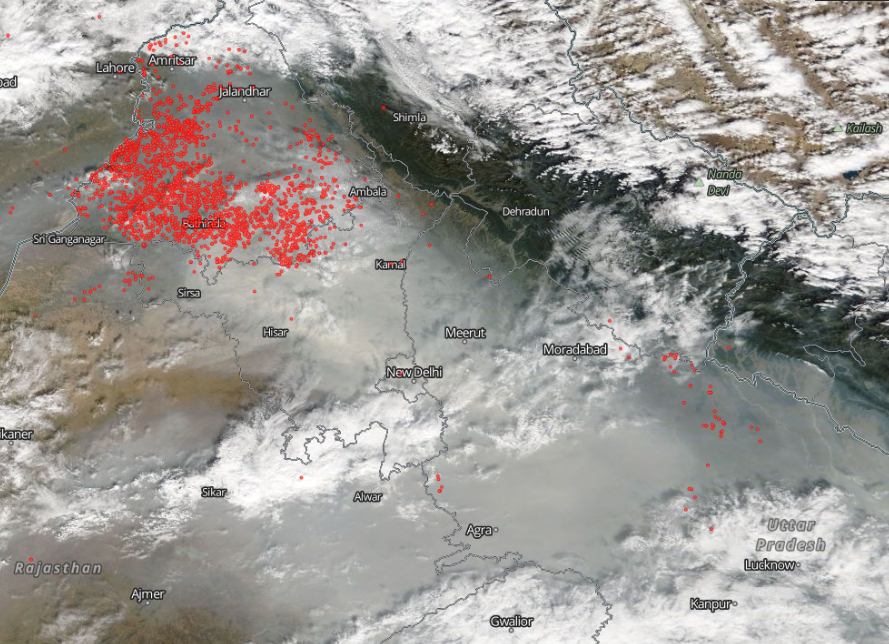
Underlying Causes and Policy Shortfalls
While stubble burning in neighbouring states has contributed to the pollution, experts note that other sources—such as vehicular emissions, waste burning, and industrial activities—play a much larger role. For instance, districts like Jhajjar and Sonipat, home to power plants and industrial hubs, significantly impact Delhi’s air quality. Avikal Somvanshi, a researcher, emphasised that the ongoing pollution crisis stems from long-standing failures to address emissions at their source. “Policies exist, but enforcement is lacking. Without immediate action to reduce emissions or transition to cleaner technologies, these problems will persist,” he said.
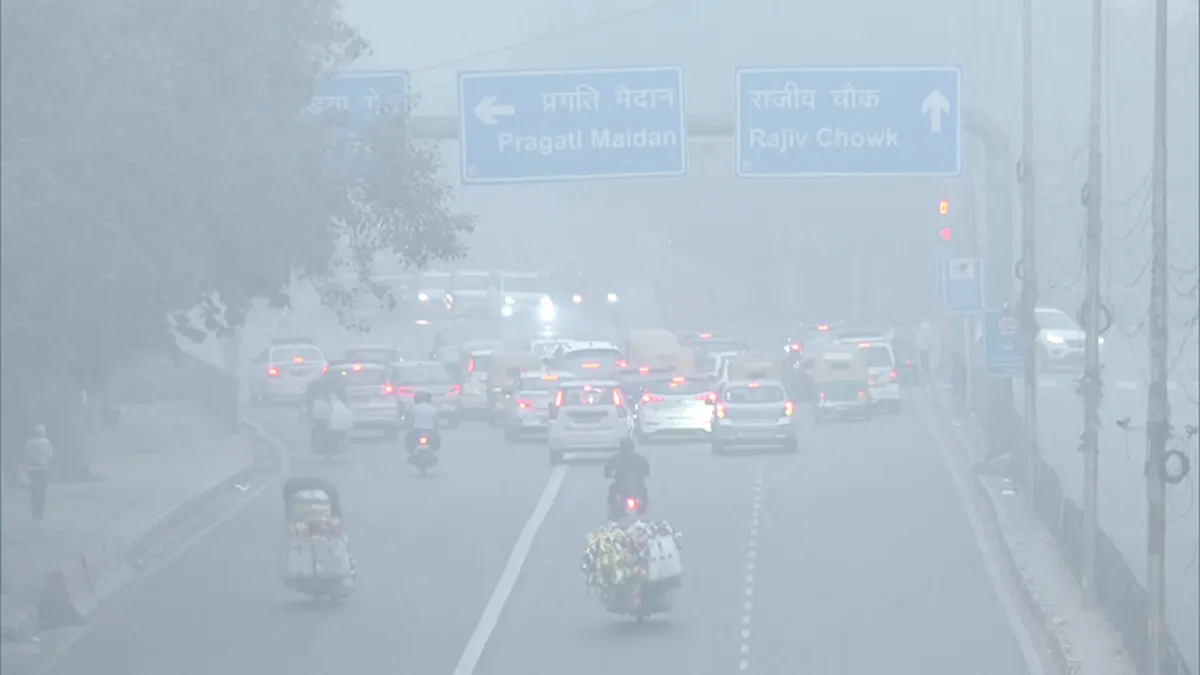
Comparing Standards: India vs. WHO
India’s National Ambient Air Quality Standards (NAAQS) set permissible PM2.5 levels at 60 µg/m³ over 24 hours, whereas the World Health Organisation (WHO) recommends a far stricter limit of 15 µg/m³. The current levels in Delhi exceed even the more lenient Indian standards by a significant margin, underscoring the severity of the crisis.
The India AQI categorises air quality into six levels:
| AQI | Value of Index | PM2.5 levels (µg/m3) |
| Good | 0-50 | 0-30 |
| Satisfactory | 51-100 | 31-60 |
| Moderate | 101-200 | 61-90 |
| Poor | 201-300 | 91-120 |
| Very Poor | 301-400 | 121-250 |
| Severe | 401-500 | 250+ |
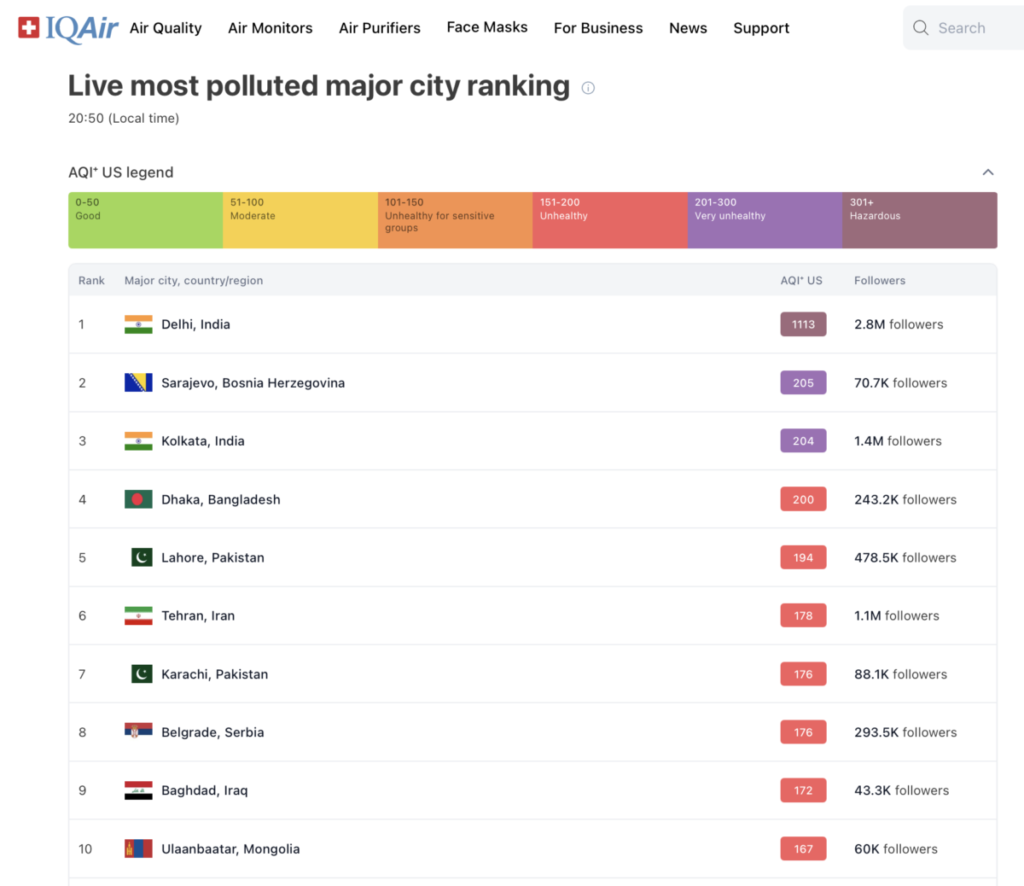
Judicial Intervention on GRAP Delays
During a hearing on November 18, the Supreme Court criticised the delayed implementation of GRAP Stages III and IV, arguing that the commission should have acted proactively to anticipate rising AQI levels. The court mandated that Stage IV restrictions remain in place until further notice, even if the AQI improves marginally.
A Persistent Threat
Experts warn that the pollution crisis will continue to affect the region throughout winter, with AQI levels expected to hover between 250 and 300—still in the “Very Poor” category. Relief is unlikely until the monsoon season, when rainfall typically helps reduce particulate matter, though even then, air quality rarely aligns with WHO standards.
Efforts to mitigate Delhi’s air quality crisis face systemic challenges, from weak policy enforcement to the absence of regional cooperation. As Delhiites endure hazardous air, the urgency for comprehensive, sustained action has never been greater.
With inputs from agencies
Image Source: Multiple agencies
© Copyright 2024. All Rights Reserved Powered by Vygr Media.

